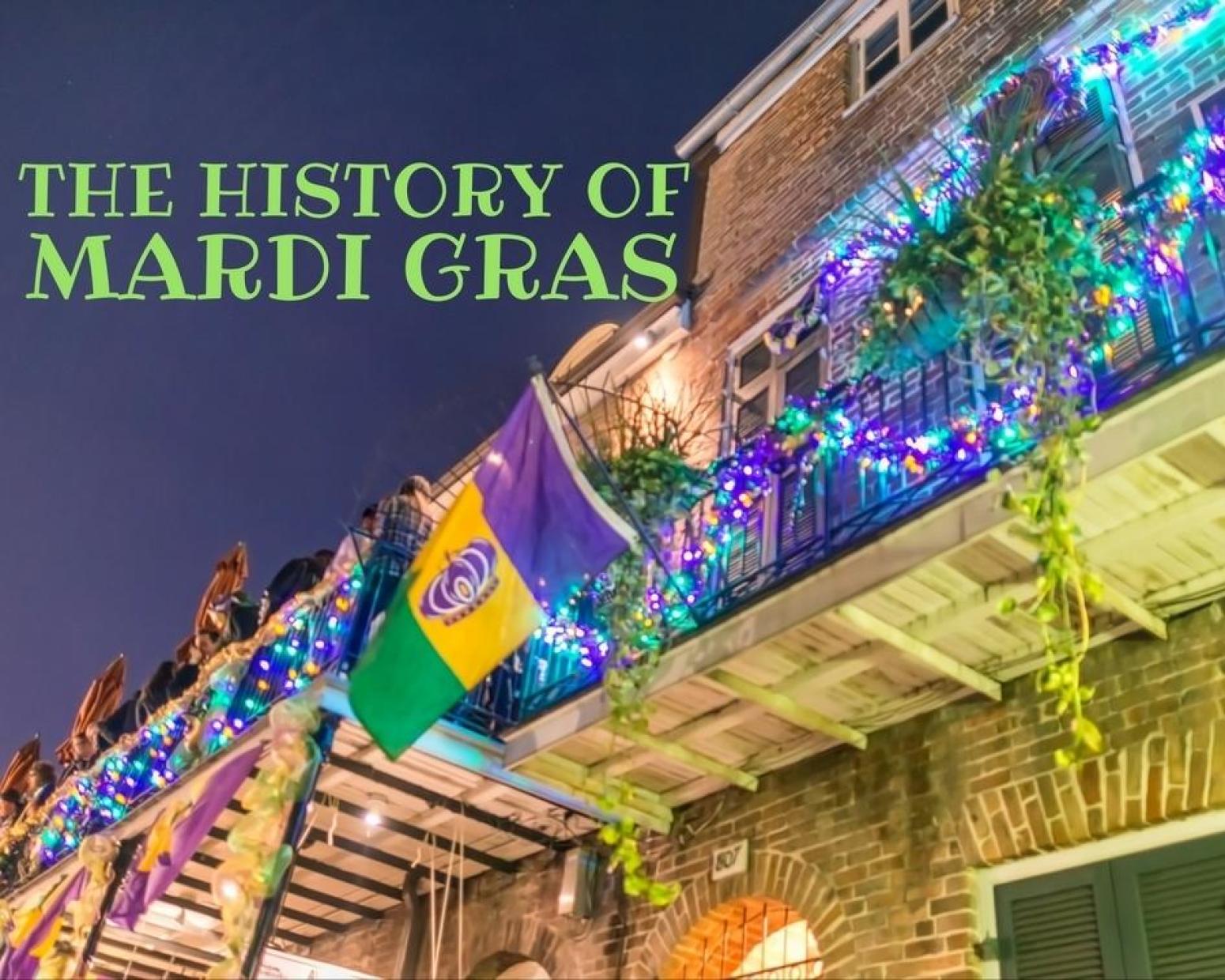For many people, when they think of Mardi Gras, they think of a giant party in Brazil, Venice, or New Orleans. Mardi Gras roots can be traced back to pagan celebration rituals of spring of fertility. As Christianity became widespread, so did the tradition of Mardi Gras, also known as Fat Tuesday or Carnival.
The Catholic Church, along with other Christian denominations, observe a season of Lent. For Catholics, during this season, a fast from meat and meat products was observed. People were said to hoard milk products, such as cheese and meat, during the days leading up to Ash Wednesday (the beginning of Lent). The gorging on the day before Ash Wednesday came to be known as Fat Tuesday. Although the rules have slightly changed, as most Roman Catholics only abstain from meat on Fridays, the tradition remains.
A Brief History of Mardi Gras in New Orleans
- March 3rd, 1699 the first American Mardi Gras took place when French explorers landed in Louisiana. They were reported to have had a celebration at the spot which they named Point du Mardi Gras.
- As settlers continued to form in what is now known as New Orleans, the French are said to have had street parties and masked balls.
- When the Spanish took control, Mardi Gras festivities were banned.
- In 1812 Louisiana became a U.S. State.
- In 1827 a group of students who had traveled to Paris imitated the festivities they had observed by dancing through the streets of New Orleans in colorful costumes.
- In 1847 the first Mardi Gras parade took place in New Orleans.
- In 1857 a group of businessmen known as the Krewe organized a torch-lit procession which included marching bands and rolling floats. They still play a significant role in the organization of the parade to this day.
